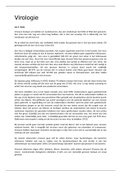Class notes
Macleods clinical exam
- Course
- Institution
The purpose of this book is to document and explain how to: • interact with a patient as their doctor • take a history from a patient • examine a patient • formulate your findings into differential diagnoses • rank these in order of probability • use investigations to suppor...
[Show more]










